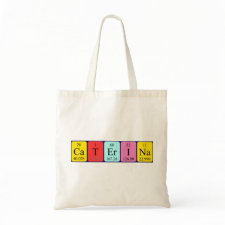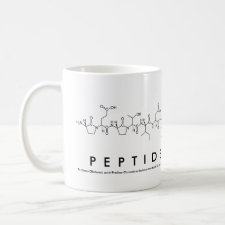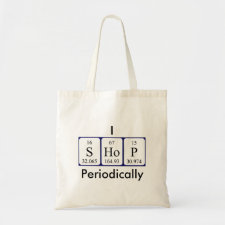
Authors: Rechichi A, Cristallini C, Vitale U, Ciardelli G, Barbani N, Vozzi G, Giusti P
Article Title: New biomedical devices with selective peptide recognition properties. Part 1: Characterization and cytotoxicity of molecularly imprinted polymers.
Publication date: 2007
Journal: Journal of Cellular and Molecular Medicine
Volume: 11
Issue: (6)
Page numbers: 1367-1376.
DOI: 10.1111/j.1582-4934.2007.00102.x
Abstract: Abstract Molecular imprinting is a technique for the synthesis of polymers capable to bind target molecules selectively. The imprinting of large proteins, such as cell adhesion proteins or cell receptors, opens the way to important and innovative biomedical applications. However, such molecules can incur into important conformational changes during the preparation of the imprinted polymer impairing the specificity of the recognition cavities. The "epitope approach" can overcome this limit by adopting, as template, a short peptide sequence representative of an accessible fragment of a larger protein. The resulting imprinted polymer can recognize both the template and the whole molecule thanks to the specific cavities for the epitope. In this work two molecularly imprinted polymer formulations (a macroporous monolith and nanospheres) were obtained using the protected peptide Z-Thr-Ala-Ala-OMe, as template, and Z-Thr-Ile-Leu-OMe, as analogue for the selectivity evaluation, methacrylic acid, as functional monomer, and trimethylolpropane trimethacrylate and pentaerythritol triacrylate (PETRA), as cross-linkers. Polymers were synthesized by precipitation polymerization and characterized by standard techniques. Polymerization and rebinding solutions were analyzed by high performance liquid chromatography. The highly cross-linked polymers retained about 70% of the total template amount, against (20% for the less cross-linked ones). The extracted template amount and the rebinding capacity decreased with the cross-linking degree, while the selectivity showed the opposite behaviour. The PETRA cross-linked polymers showed the best recognition (MIP 2-, α = 1.71) and selectivity (MIP 2+, α' = 5.58) capabilities. The cytotoxicity tests showed normal adhesion and proliferation of fibroblasts cultured in the medium that was put in contact with the imprinted polymers
Template and target information: peptide, Z-Thr-Ala-Ala-OMe
Author keywords: molecular imprinting, Biomaterials, tissue engineering, Cell adhesion



Join the Society for Molecular Imprinting

New items RSS feed
Sign-up for e-mail updates:
Choose between receiving an occasional newsletter or more frequent e-mail alerts.
Click here to go to the sign-up page.
Is your name elemental or peptidic? Enter your name and find out by clicking either of the buttons below!
Other products you may like:
 MIPdatabase
MIPdatabase









